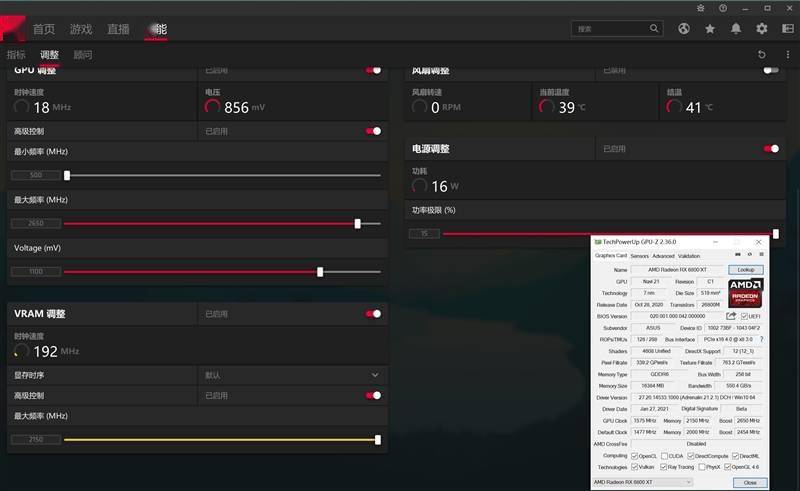MPC Hardware: A Comprehensive Guide
This comprehensive guide to MPC hardware provides a detailed overview of the key components and considerations for selecting, configuring, and using MPC-based systems. It includes a detailed explanation of the various types of MPC controllers available, as well as their associated hardware requirements and compatibility issues. The guide also discusses important considerations such as system stability, real-time performance, and scalability, providing practical advice for selecting the most appropriate MPC hardware solution for a given application. Whether you are a beginner or experienced user, this guide is an essential reference for understanding and utilizing MPC hardware effectively.
In recent years, the term "MPC hardware" has become increasingly popular in the technology industry. While many people are familiar with the basic concept of hardware, MPC hardware specifically refers to a type of hardware that is designed to support the operation of a Model Predictive Controller (MPC). Model Predictive Control is a form of control that is based on the use of mathematical models to predict future system behavior. By extension, MPC hardware includes all of the necessary components that are required to implement and operate an MPC system. This guide will provide a comprehensive overview of MPC hardware, including its applications, components, and trends.
What is MPC Hardware?
MPC hardware refers to the set of physical components that are necessary to implement an MPC system. These components are typically designed to work together to support the operation of the MPC controller, which is responsible for making decisions based on the predictions generated by the mathematical model. The specific components that make up MPC hardware can vary depending on the type of system being controlled and the requirements of the application. However, in general, MPC hardware typically includes some combination of the following:

Processing unit: This is the central component of the MPC hardware, responsible for executing the algorithms and making decisions based on the information provided by the sensors and mathematical model.
Sensors: These are devices that measure physical parameters, such as temperature, pressure, or flow rate, and provide this information to the processing unit.
Actuators: These are devices that control physical processes, such as turning a valve or adjusting a motor speed, based on the instructions received from the processing unit.
Communication interfaces: These are components that enable the MPC hardware to communicate with other devices or systems, such as a supervisory control system or a data acquisition system.
Power supplies: These provide the necessary electrical power to all of the other components of the MPC hardware.
Applications of MPC Hardware
MPC hardware has a wide range of applications in various industries and fields. Some common applications include:

Process control: In this application, MPC hardware is used to control physical processes in industrial settings, such as chemical reactions, manufacturing processes, and energy systems.
Building automation: MPC hardware can be used to control various building systems, such as heating, ventilation, and air conditioning (HVAC), lighting systems, and elevators.
Robotics: In robotics applications, MPC hardware can be used to control the movement and operation of robots in manufacturing, healthcare, and military settings.
Automotive: The automotive industry extensively uses MPC hardware for control systems in vehicles, such as engines, brakes, and steering systems.
Aerospace: Aerospace applications often involve complex systems that require precise control, such as aircraft flight control systems and satellite positioning systems.
Components of MPC Hardware
As mentioned earlier, the specific components of MPC hardware can vary depending on the type of system being controlled and the requirements of the application. However, in general, most MPC hardware systems will include some combination of the following basic components:

1、Central Processing Unit (CPU): This is the "brain" of the MPC hardware system, responsible for executing algorithms and making decisions based on the information provided by the sensors and mathematical model. CPUs come in various forms, including microprocessors, microcontrollers, and digital signal processors (DSPs).
2、Sensors: Sensors are devices that measure physical parameters, such as temperature, pressure, or flow rate. They convert these physical measurements into electrical signals that can be processed by the CPU. Common sensor types include thermistors, pressure sensors, and Hall effect sensors.
3、Actuators: Actuators are devices that control physical processes based on the instructions received from the CPU. They convert electrical signals into mechanical motion or force that can be applied to a system. Common actuator types include motors, solenoids, and pneumatic cylinders.
4、Communication Interfaces: Communication interfaces enable the MPC hardware to communicate with other devices or systems. This allows for data acquisition, monitoring, and control from a remote location or through a supervisory control system. Common communication interfaces include RS-232, RS-485, Ethernet (TCP/IP), and CAN (Controller Area Network).
5、Power Supplies: Power supplies provide the necessary electrical power to all of the other components of the MPC hardware. They convert incoming power from a source (e.g., AC line voltage) into DC voltage suitable for powering electronic components. Safety features such as overvoltage and short-circuit protection are essential for reliable operation.
6、Input/Output (I/O) Ports: I/O ports facilitate data transfer between the CPU and external devices like sensors or actuators that are connected via cables or wires to these ports on an MPC board or module housing several I/O channels designed to interface with various sensors or actuators directly connected to them via cables or wires allowing for data transfer at high speed between these channels and their respective devices providing flexibility in terms of
Articles related to the knowledge points of this article:
MTCD Hardware: The Key to Modern Technology
Vernonia Hardware: A Legacy of Quality and Innovation
Title: The Importance and Utilization of USB Key Hardware Encryption for Secure Data Protection
Title: Understanding the Ace Hardware Stock Chart: A Comprehensive Guide for Investors



